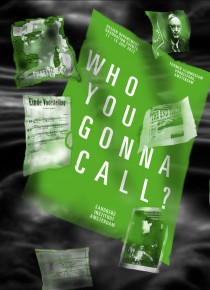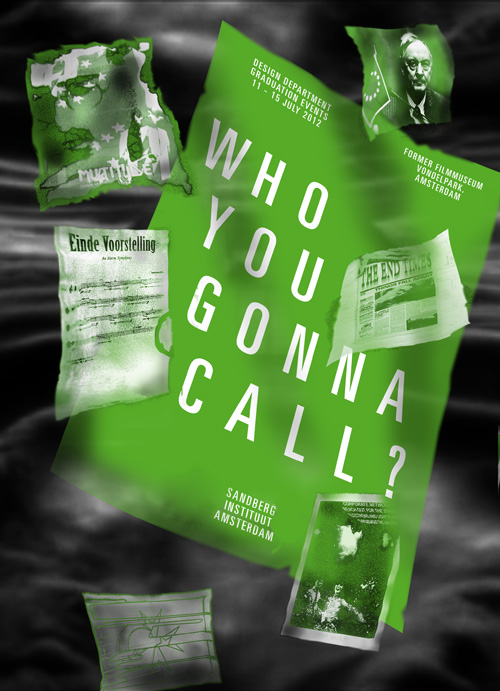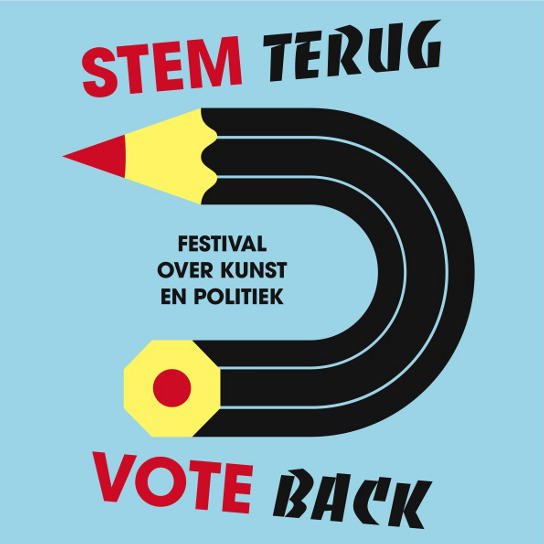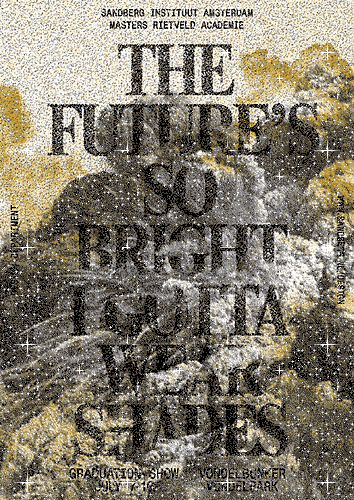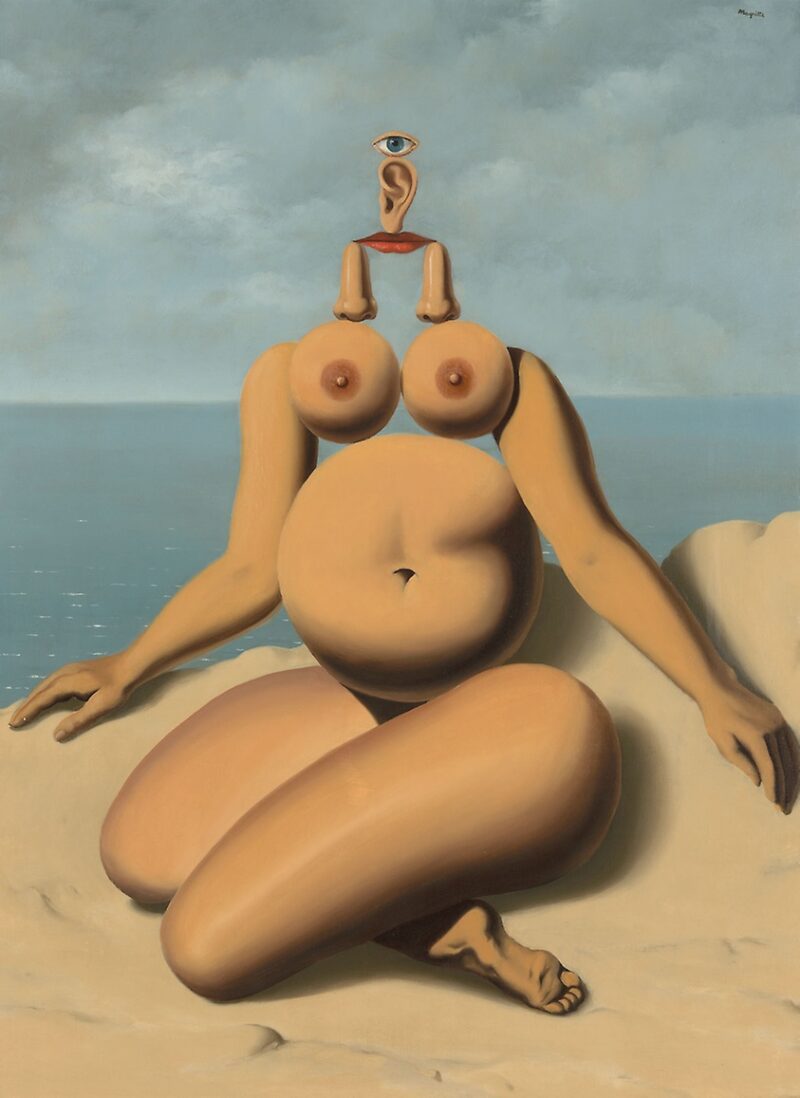GRADUATION EVENTS of the Masters of Design students of the Sandberg Instituut Amsterdam, at the former Filmmuseum in the Vondelpark in Amsterdam, from July 11 – 15, 2012.
It’s a great pleasure to introduce to you the graduation events of the Design Department of the Sandberg Institute in Amsterdam – a think tank for visual strategies where designers commit themselves to various cultural, political and research-based projects.
BOO!
Introduction by Nina Folkersma, tutor and curator
published in Who You Gonna Call? 2012
This is a story of ghosts, spectres and chimeras. It is set in an abandoned building in Amsterdam’s Vondelpark, a peculiar pavilion with domed towers, round-arched windows and fluted Ionic half-columns. Once known as the “House of Illusions”, this empty pavilion now serves as temporary accommodation for a group of ghost hunters. As the spirits of dead film stars haunt the cellar, the ghost hunters take aim at a number of contemporary myths on the first floor.
Allow me to introduce them.
First, we have Stefan Schäfer (also known as “Germany”), who grew up in a mining area in the Ruhr in a family of Jehovah’s Witnesses and assumed a new identity with the help of black metal and grindcore. This “strange, German, rational, romantic punk rock guy” goes after the chimeras of visual representation. We create images of ourselves and unleash them in a digital space where we no longer have control over them. Who are these men and women who have our faces but not our souls? Are they anything more than ghosts trapped in a digital shell?
Next is Seungyong Moon (or “Korea”), a former South Korean army conscript who became a skilled graphic designer through stealing and sampling material from the Internet. Moon chases the inscrutable ghost of intellectual property. When a record cover designer takes inspiration from the same cartoon Roy Lichtenstein used in a famous painting, is the designer violating Lichtenstein’s copyright, as his attorneys claim? But how did Lichtenstein arrive at his own image? Original and copy, authorship and creative commons, copyright and copyleft – this ghost appears in many forms.
Number three is Noortje van Eekelen, the only female hunter in the party. With analyti- cal precision and a subtle sense of humour, this young designer unmasks the political and economic leaders who were at the helm during the euro crisis. Merkel the Mistress, Sarkozy the Butler, Bunga Bunga Berlusconi and Rutte the Clown – the main characters in the Europe Show all seemed to have their own secret agendas, but those who look closely, like Noortje van Eekelen, see that the “spectacle of the tragedy” unfolded in the full light of the cameras.
Next, we have Guido Giglio (“Brazil” for short), trained as an architect in the Brazilian mod- ernist tradition, fascinated by Greek philoso- phy and strongly influenced by a Marxist polit- ical background. Giglio descries a spectre that is haunting Europe – a spectre called Austerity. Europe is gradually turning into a Third World continent, with poor regions that provide cheap labour, low-tech production and attractive tax rates for the richer ones. Let us not fear this ghost, Giglio says, but rather embrace it. Austerity could offer a way out to a different, daring, ingenious future. In Austerity, we will finally encounter each other.
Then there is Ruben Pater, who read encyclopedias as a child and still loves immersing himself deeply in a subject. Now, he sets his sights on global trade, pirates, hijacked cargo ships, false flags and ghost nationalities, and all the juicy stories behind them. Hundreds of warships ply the waters around Somalia, defending international freight shipping against the country’s pirates. The majority of cargo ships travel under false flags to avoid taxes and environmental regulations. And the warships that shadow them aren’t afraid to use military violence against the pirates. Who are the wrongdoers here?
Finally, we have Yuri Veerman, Dutch activist modernist, “our man at the barricades”, and the man behind several disruptive websites. Like a palmistry expert, Veerman studies and analyses the lines and signs in our society. But while a palm reader sees your past and future in the lines in your hand, Veerman chooses to view lines as lines, separate from the meanings, interpretations and symbolic values we ascribe to them. He sees things as things. A flag, a logo, a national anthem, a country’s border: what do these objects think of the way they are used to represent nationalities and ideologies? Do they feel misused?
There you have them: the six talented final- year students of the Sandberg Instituut in Amsterdam. For one week in July 2012, the six future masters of design, with ten first-year stu- dents, will take up residence in Amsterdam’s former Filmmuseum. They will take visitors on a journey through a number of prominent con- temporary societal developments: the crisis in Europe, global economic power relations, the influence of digital networks, the myth of the free market (who said there were no grand narratives anymore?). With intellectual precision, these designers cleverly tear down a number of contemporary illusions.
In fact, their stories are about loss: the loss of identity, authority, rules and laws. Who’s in charge? Who bears responsibility? Who will fix things for you? And so this exhibition is playfully titled Who You Gonna Call?, in a nod to the idea of designers as problem-solvers. The Sandberg Instituut’s designers are not under the illusion that design can make the world a better place, but they do believe their designer’s eye allows them to help people un- derstand social trends and to draw meaningful connections within those trends. And make no mistake: their stories of loss are not sob stories. Rather, these designers have discovered the freedom that can result when we look outside the frames.
